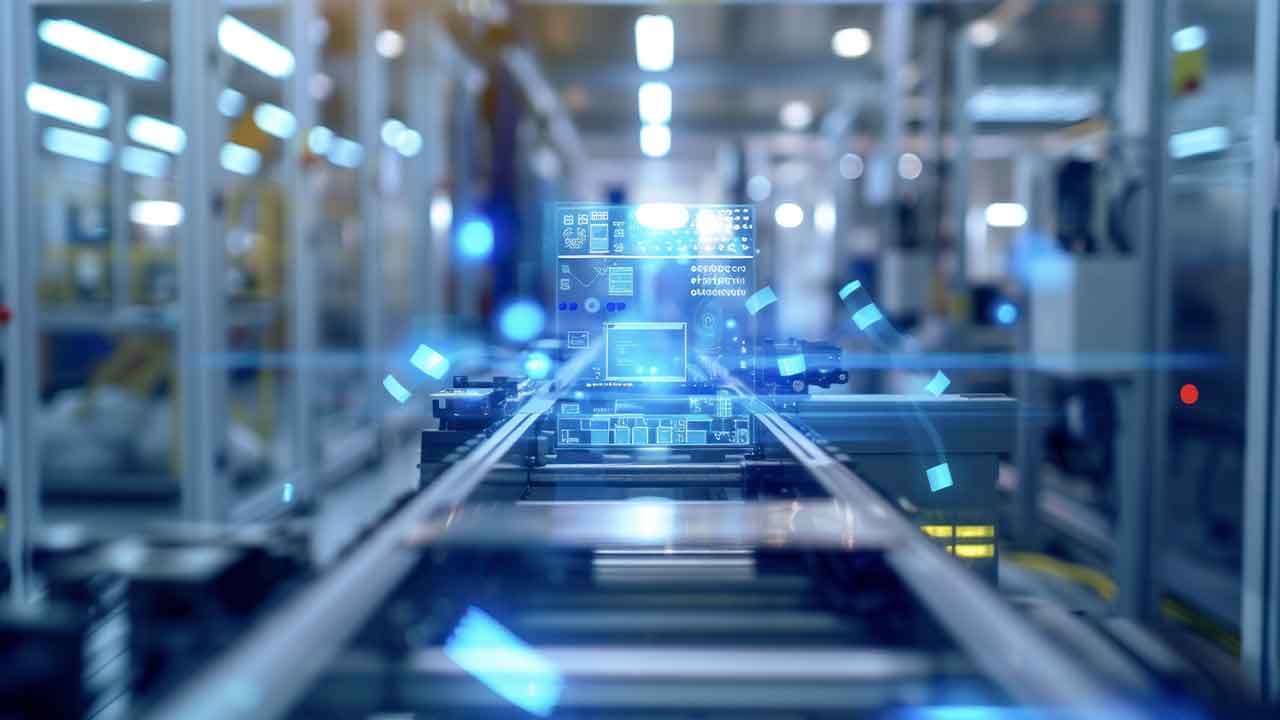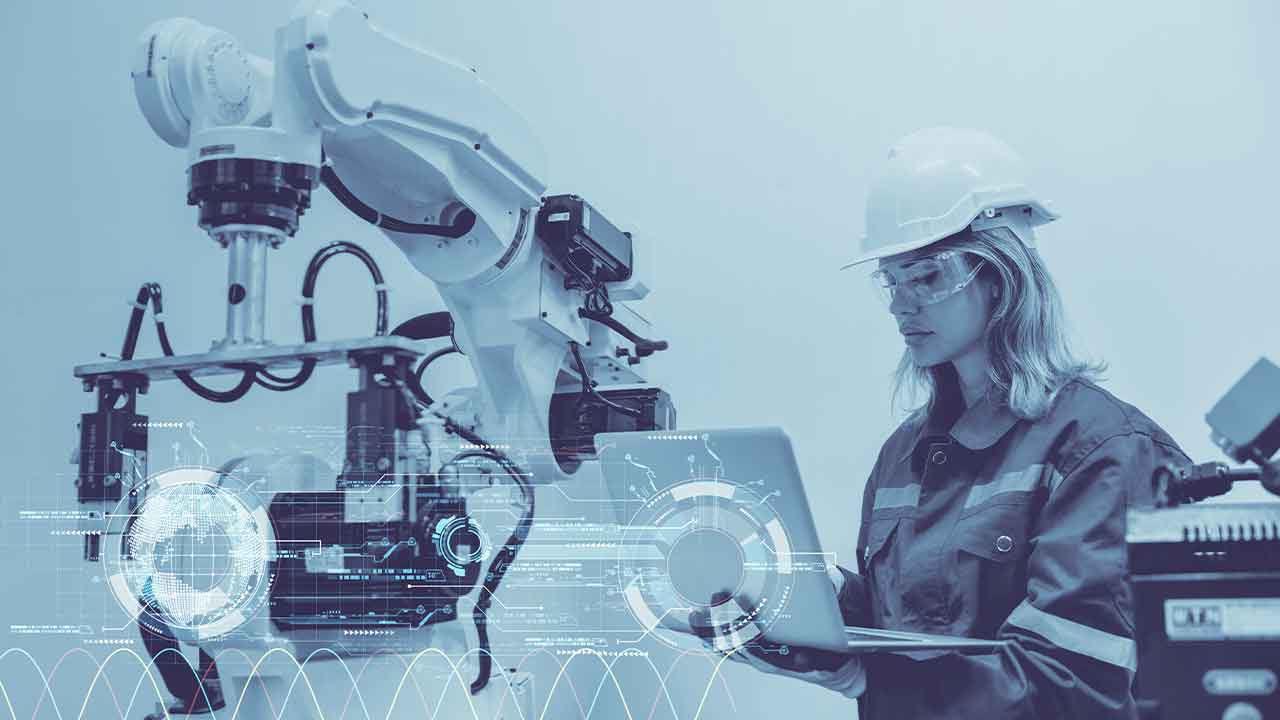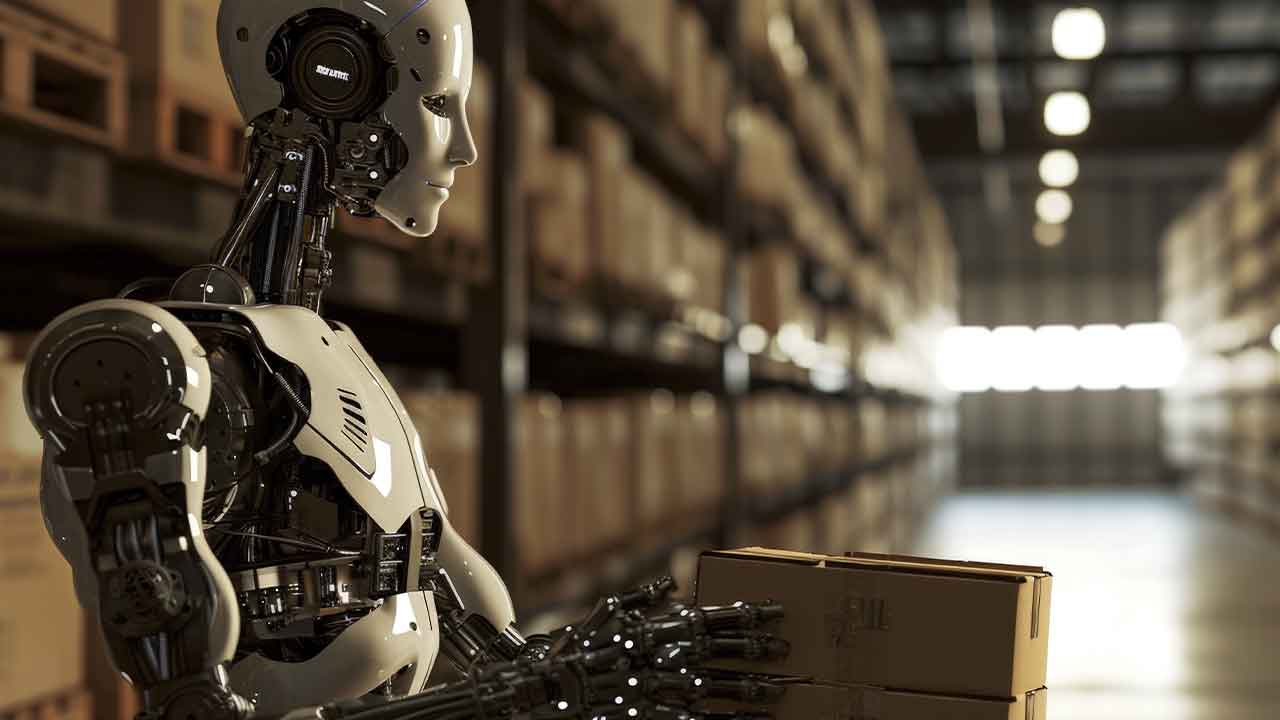New: IoT Signals Report by Microsoft
We’re living amid an invisible revolution driven by the Internet of Things (IoT). This revolution goes far beyond the smart speakers and thermostats in homes and includes billions of connected devices and sensors that are transforming every industry on the planet, from manufacturing to energy distribution, from smart cities to smart agriculture, from smart buildings to smart medical equipment – and so much more. IoT is also starting to have a profound and beneficial impact on the planet, reducing energy and natural resources and improving sustainability.
IDC expects that by 2025 there will be over 41 billion connected IoT devices or “things,” generating over 79 zettabytes (ZB) of data.These billions of devices are creating unprecedented visibility into a business, leading to transformation of operations, energy, products and workplace safety, to name just a few areas.
The Launch of IoT Signals Report
Today we’re launching a new annual report – IoT Signals– that provides an industry pulse on the state of IoT adoption to help inform how we better serve our partners and customers, as well as help business leaders in development of their own IoT strategies. We surveyed over 3,000 IoT decision-makers in enterprise organizations in order to give the industry a holistic, market-level view of the IoT ecosystem, including adoption rates, related technology trends, challenges and benefits of IoT.
Findings from the IoT Signals report
What the study found is that while IoT adoption is on the rise and opening the door to business transformation, companies arebeing held back by skills shortages, project complexity and security challenges. To summarize the findings:
- IoT is seen as profitable & critical to business success and is creating opportunities to leverage more advanced cloud and networking technologies. Companies plan to do more with IoT – bringing in AI, edge computing and soon, 5G.Nearly 9 in 10 (85%) surveyed are in IoT adoption and 88% see IoT as critical to business success. We heard from businesses adopting IoT that they believe they will see a 30% ROI on their IoT projects going forward . As they look ahead, respondents believe critical technology drivers for IoT success in next two years are AI, edge computing and 5G, followed by digital twins and blockchain.
- Nearly all respondents (97%) have security concerns when implementing IoT, but this is not hindering adoption. Internet connectivity is a two-way street. With these devices becoming a gateway to our homes, workplaces, and industries, they also become targets for attacks.The cost of a data breach averages between $4M and $8M dollars, and the costs only compound as you think about additional damage to your brand and to the operational technology that drives your business’s revenue. The top three security concerns we found among IoT adopters are: creating strong user authentications (43%), tracking and managing each IoT device (38%) and securing endpoints for each IoT device (38%).
- There is a skills gap for IoT solutions which is compounded by solution complexity .Almost half (47%) say there are not enough available skilled workers and one in four (38%) IoT adopters cite complexity/technical challenges to using IoT as a barrier to further their IoT adoption. Existing IoT complexities and lack of resources prevent IoT decision makers from more IoT adoption, and 20% cite complexity/technical challenges as a top challenge.
IoT Signals Report Looking Ahead: Recommendations for a Successful IoT Strategy
With security concerns mounting and IoT becoming more complex with the rise of AI, 5G and edge capabilities, how can companies create a digital strategy to transform their business with IoT successfully? We partnered with the BCG Group to narrow down the seven key ingredients for success:
- Business strategy and rationale– Successful IoT projects start with a clear understanding of the business problems to be addressed, the investment needed and the return on investment that is expected.
- Leadership and organization– Successful IoT projects have executive sponsors in the business unit the IoT project will impact to help bridge organizational boundaries, communicate the strategic vision for IoT, and achieve broad alignment across all participating teams.
- Technology roadmap planning– The companies that think about technology roadmaps and plan for the infrastructure needed to scale IoT solutions are better positioned for long-term success. Involve leadership early as proof of concepts are being developed and start to have those conversations around future-state technology needs.
- Talent– Designing, deploying and operating IoT requires multi-disciplinary skills, and experience in IoT architecture, data science, security, and AI/ML can be rare and challenging to attract for more traditional enterprises. Companies must craft their unique talent strategy to acquire or build capabilities in their workforce based on their starting point and the gaps they need to fill.
- Operations and core business processes– IoT requires a mindset shift from thinking of IoT as a “one and done” effort to thinking of it as a fundamental change in the way the business is run. Enterprises should begin by ensuring that the core business processes affected by IoT are primed to capture value. In addition, they must be sure to involve frontline staff, such as manufacturing- or store-operations managers, in IoT initiatives from the start.
- Partnerships and ecosystem– Business partnerships are critical to successful IoT deployments. Our IoT and intelligent edge ecosystem includes over 10k partners and is growing. Partners can deliver critical industry expertise that makes it easier to integrate solutions, share data, meet industry compliance needs and more. Companies with successful IoT implementations recognize the importance of establishing partnerships early and fostering these relationships over the course of their IoT journey.
- Security as foundational– IoT security needs to be addressed at every layer – from the silicon layer to the cloud. It cannot be a bolt-on or an afterthought.
Microsoft is leading the charge to address these IoT challenges
We are committed to helping customers bring their vision to life across every industry with IoT, and this starts with simplifying and securing IoT. Our customers are embracing IoT as a core strategy to drive better business outcomes, and we are heavily investing in this space committing $5B in IoT and intelligent edge innovation by 2022 and growing our IoT and intelligent edge partner ecosystem to over 10k.And this investment is paying off as we were recently recognized as a leader by IDC in Industrial IoT platforms for manufacturing and energy.
We are dramatically simplifying IoT to enable every business on the planet to benefit. We have the most comprehensive and complete IoT platform and are going beyond that to simplify IoT. Some key examples include Azure IoT Central, which enables customers and partners to provision an IoT app in seconds, customize it in hours and go to production the same day as well as our recently announced IoT Plug and Play, that dramatically simplifies all aspects of IoT device support and provides devices that “just work” with any solution. To help train IoT developers, we have developed both an IoT School and an AI school, which provides free training for common application patterns and deployments.
Security is crucial for trust and integrity in IoT cloud- and edge-connected devices because they may not always be in trusted custody. Azure Sphere takes a holistic security approach from silicon to cloud providing a highly secured solution for connected MCUs, which go into devices ranging from connected home devices to medical and industrial equipment. Azure Security Center provides unified security management and advanced threat protection for systems running in cloud and on the edge. We have also contributed to and developed industry resources such as the Security Maturity Model and Seven Properties of Highly Secured Devices to help customers establish a set of best practices around IoT security.
Finally, we’re helping our customers leverage their IoT investments with AI and at the intelligent edge. Azure Digital Twins enables customers to create complete virtual models of physical environments, unlocking new opportunities in smart buildings, automotive, manufacturing, agriculture and more. Azure IoT Edge enables customers to distribute cloud intelligence to run in isolation on IoT devices directly and Azure Databox Edge builds on Azure IoT Edge and VM support and mass storage support.
When IoT is foundational to a company’s transformation strategy, it can have significant positive impact on the bottom line, customer experiences and products. We are invested in helping our partners, customers and the broader industry to take the necessary steps to address barriers to success. Read more on the Microsoft Transform blog about what customers like Starbucks, Chevron, Bühler AG, Steelcase, Thyssenkrupp and more are driving their business forward with IoT.
This article was written by Sam George, Head of Azure IoT



